Adjusting agricultural land prices is necessary but should increase at an appropriate level so that people can pay taxes, the state can collect budget revenue while still encouraging development.
The HCM City Institute of Economics , Natural Resources and Environment (IEER) has just sent a document requesting the HCM City People's Committee to adjust the price of agricultural land in the land price list to an equivalent level of 65%-70% of the price of residential land.
Agricultural land prices are too low
According to Dr. Pham Viet Thuan, Director of IEER, agricultural land prices in Ho Chi Minh City are currently too low, lacking scientific basis, and not ensuring market principles. This situation causes low revenue from land use right transfer tax, the real estate market to stagnate, and the construction materials market to decline due to reduced construction demand.
IEER believes that to be consistent with the new land price list - expected to be applied from January 1, 2026, increasing agricultural land prices to 65-70% of residential land prices would be reasonable. However, Mr. Thuan also noted that this only applies to agricultural land that has been planned to change its purpose of use.
Agreeing with IEER's proposal, Ms. Nguyen Hien - residing in Hiep Binh Ward, Ho Chi Minh City - said that she planned to convert more than 1,000 square meters of agricultural land to residential land. However, after receiving the notice of the tax payable, she temporarily stopped because she did not have enough money to pay. According to the current calculation, the land price in Hiep Binh area is about 28 million VND/m2, while the agricultural land price is only 600,000 VND/m2. This difference makes the tax that Ms. Hien has to pay up to more than 27 billion VND - nearly 500% higher than before.
According to Ms. Hien, if the price of agricultural land increases to about 20 million VND/m2 as recommended by IEER, her tax difference will only be about 8 billion VND, an increase of about 150% compared to the old level, which is more reasonable. However, Ms. Hien commented that the increase of 70% of the price of residential land is too high, it should only be around 50%-55% so that people can easily balance it. In addition, she is also concerned that when changing the purpose of land use, people will have to pay for infrastructure, roads, and road clearances, which is not a small amount of money.
Mr. Do Linh Dan, Director of Linh Dan Real Estate Consulting Company, also commented that the price of agricultural land in Ho Chi Minh City is currently too low compared to the actual market price. This leads to the fact that when converting to residential land, the tax paid is too high - almost equal to, or even exceeding the land sale price, making people no longer want to change the land use purpose to build houses.
For businesses, buying agricultural land and then converting it to residential land to divide and separate plots is almost impossible because of the high cost, leading to no new projects. In fact, after the new land price list was announced, almost no one bought agricultural land to develop projects in Ho Chi Minh City.
Mr. Dan said that Ho Chi Minh City needs to adjust agricultural land prices to suit reality, encourage people and businesses to change land use purposes, and promote construction. Currently, agricultural land prices on the market are 10 - 20 million VND/m2, while the price list is only a few hundred thousand VND, which does not reflect the actual value.
If Ho Chi Minh City has not increased agricultural land prices, Mr. Dan proposed that there should be a more reasonable tax calculation mechanism to reduce the large gap with residential land prices, avoiding "freezing" the market.
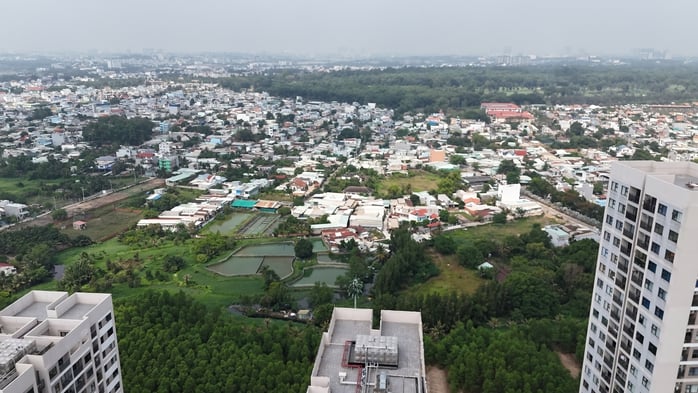
IEER noted that the proposal to increase agricultural land prices only applies to areas with planned land use conversion. Photo: TRANG NGUYEN
Can lead to many consequences
Meanwhile, Mr. Tran Khanh Quang, General Director of Viet An Hoa Real Estate Investment Joint Stock Company, commented that IEER's proposal was not really reasonable and needed more detailed surveys.
According to Mr. Quang, agricultural land prices need to approach market prices. In fact, agricultural land prices in the inner city and suburbs of Ho Chi Minh City have a very large difference. If agricultural land prices in all areas increase at a "hard rate" as proposed by IEER, it is unreasonable.
Mr. Quang said that in order to encourage people to change the purpose of use from agricultural land to residential land, it is necessary to apply an adjustment coefficient, instead of collecting 100% of the price difference according to the land price list. This rate should be around 0.4% - 0.5% to avoid the situation where the tax is higher than the cost of building a house, causing people to lose motivation to build.
Meanwhile, a real estate expert is concerned that increasing agricultural land prices to 70% of residential land prices could lead to many consequences. Agricultural land, which is planned for agricultural production, cannot be considered a form of "secondary residential land". The fixed-rate pricing method is not only economically incorrect but also creates a speculative mentality, "holding land waiting for prices to increase", distorting the goal of land development according to planning.
According to this expert, Ho Chi Minh City previously had an agricultural land area of about 88,000 hectares, while residential land was only about 18,000 hectares. If the price of agricultural land is applied at 70% of residential land, equivalent to 62,000 hectares of residential land, it would not reflect the reality at all.
This expert emphasized that changing the land use purpose does not mean that agricultural land will have the same value as residential land. Because after agricultural land is converted to residential land, people or businesses must dedicate most of the area to infrastructure and public works. In fact, it takes about 10 square meters of agricultural land to convert 4 square meters of residential land. If the ratio is 70%, that is, 10 square meters of agricultural land must create 7 square meters of residential land to "break even", this is completely unfeasible.
Source: https://nld.com.vn/ban-khoan-ve-de-xuat-tang-gia-dat-nong-nghiep-196250704101740493.htm



![[Photo] Hanoi: Authorities work hard to overcome the effects of heavy rain](https://vphoto.vietnam.vn/thumb/1200x675/vietnam/resource/IMAGE/2025/8/26/380f98ee36a34e62a9b7894b020112a8)


![[Photo] Multi-colored cultural space at the Exhibition "80 years of the journey of Independence - Freedom - Happiness"](https://vphoto.vietnam.vn/thumb/1200x675/vietnam/resource/IMAGE/2025/8/26/fe69de34803e4ac1bf88ce49813d95d8)

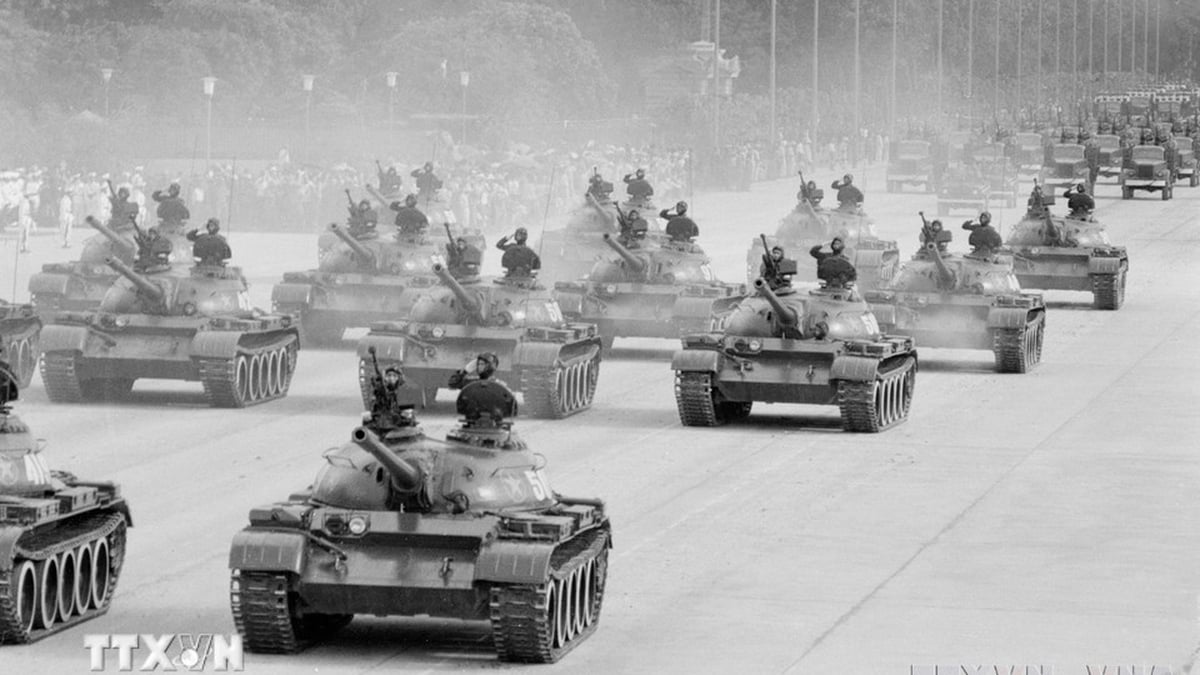










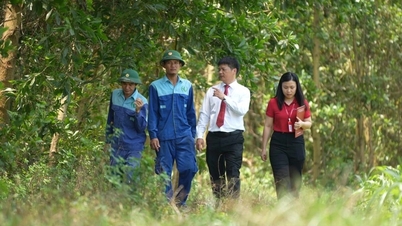













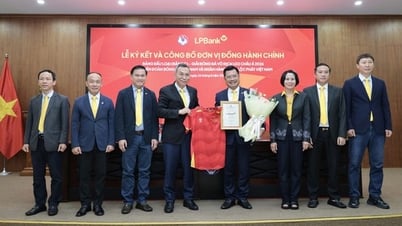
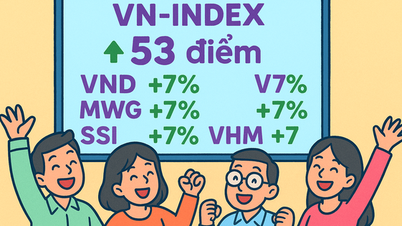






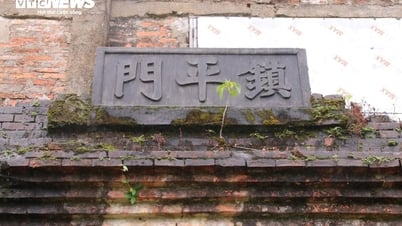

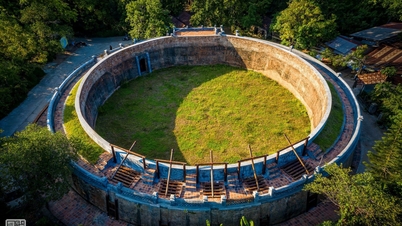

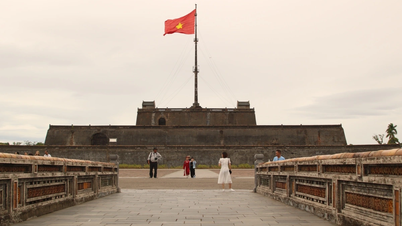


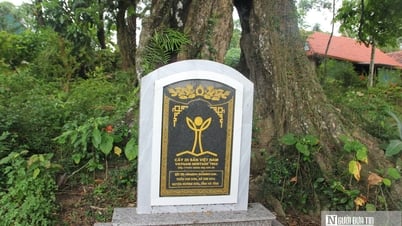










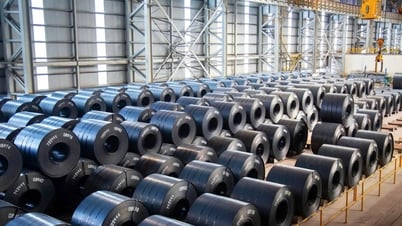






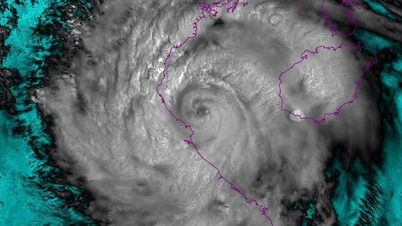




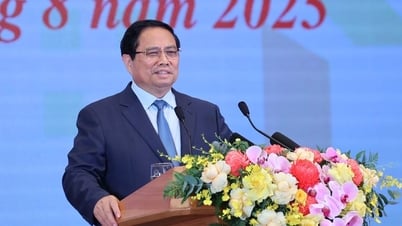



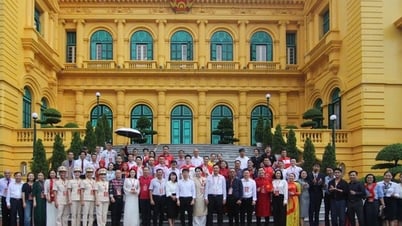




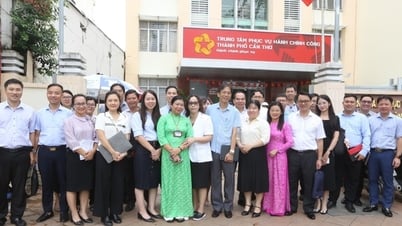







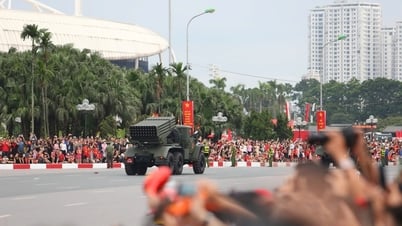










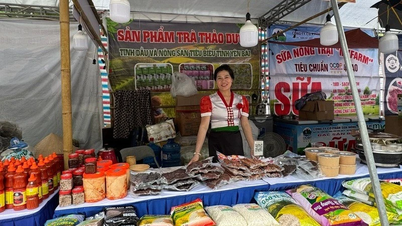


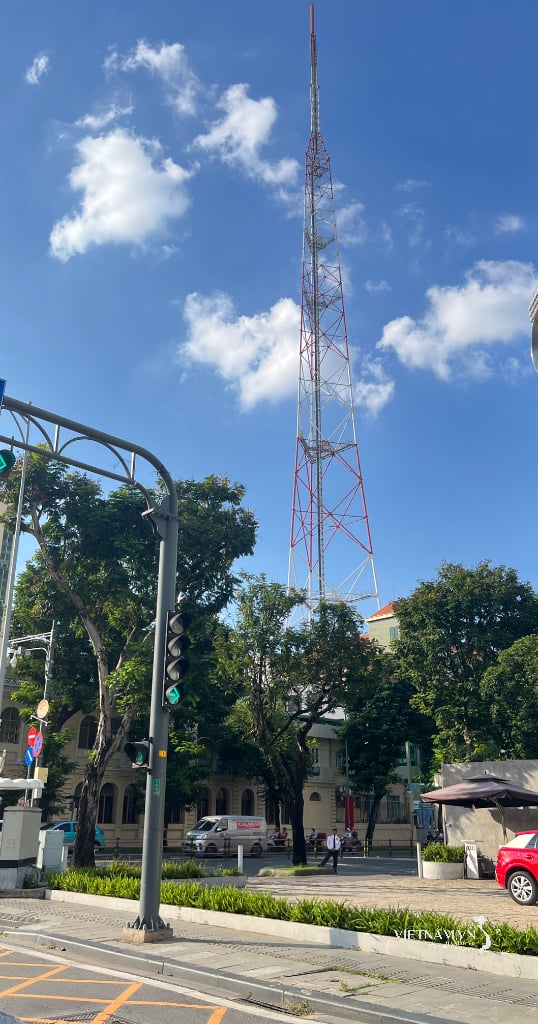


Comment (0)